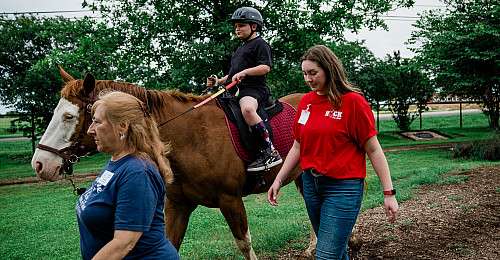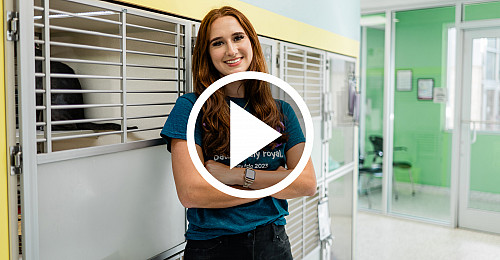Financial Aid
First-Year Scholarships
Merit scholarships are awarded to qualified students based on multiple facets presented in their application for admission.
General Merit Scholarships
Application Deadline: First Tuesday in February or as funds remain available
Application for Admission is the Application for General Merit Based Scholarships
Scholarship amounts go up to $36,000 annually.

Southwestern University considers all students for a merit scholarship through a holistic review process, with emphasis on academic performance, rigor of classes, personal essay, leadership, and extracurricular and volunteer activities. A visit to campus, legacy connections, United Methodist Church membership, achievement/recognition in national programs, and other elements also help us get to know you better.
For your convenience, your application for admission also serves as your application for our general merit-based scholarships. No extra forms or essays are needed! Merit scholarship notifications are typically sent electronically within a week of a student’s offer of admission, and can be found by visiting the student’s Personal Application Portal .
Competitive Scholarships
Application Deadline: First Tuesday in December
Interview Deadline: First Tuesday in February
Application for Admission is the Application for Competitive Scholarships
Amounts vary
Competitive Scholarships offered by Southwestern University are awarded to students who demonstrate excellence in the classroom, extracurricularly and within their greater educational community. While your application for admission IS ALSO the application for Competitive Scholarships, an interview is required for all candidates to advance further in the competition and have unique criteria listed below.
The Brown Scholarship
The Brown Scholarship, (valued at $42,000 per year) is Southwestern’s most prestigious and competitive award. Candidates must rank minimally in the top 5% of their high school class or, if high school does not rank, have the equivalent of a 3.8 GPA on an unweighted 4.0 scale. All candidates must interview by the first Tuesday in February, and finalists must participate in our scholarship event in March.
The Bishop Ernest T. Dixon, Jr. Scholarship
Southwestern values the academic and extracurricular talents of high-achieving African-American, Hispanic/Latinx and Native American students and celebrate them with this competitive supplemental scholarship in honor of Bishop Ernest T. Dixon, an African-American Bishop of the United Methodist Church in the State of Texas. Scholarship amounts are added to the General Merit Scholarships listed above. Applicants must rank minimally in the top 10% of their high school class (or if high school does not rank, have the equivalent of a 3.7 GPA on an unweighted 4.0 scale). A personal interview with a member of the admission staff is required by the first Tuesday in February, and finalists must participate in our scholarship event in March.
The Garey Scholarship
The Garey Scholarship program recognizes academic excellence and awards students two $5,000 stipends for up to two high-impact experiences, (e.g., study abroad, internship, collaborative research, civic engagement) during their Southwestern career. Candidates must rank minimally in the top 10% of their high school class, (or if high school does not rank, have the equivalent of a 3.7 GPA on an unweighted 4.0 scale). All candidates must interview with a member of the admission staff by the first Tuesday in February, and finalists must participate in our scholarship event in March.
Sarofim Fine Arts Scholarships
Application Deadline: The first Tuesday in February or as Funds Remain Available
Interview Deadline: Varies, see the individual program requirements and deadlines on the Sarofim School of Fine Arts.
Amounts vary
Sarofim Scholarships have the additional requirement of an audition or portfolio submission. Students choosing to major in the fine arts are eligible for awards in music (vocal and instrumental), theatre (acting or design) or studio art. Sarofim Awards are awarded by April 1.
Visit the Sarofim School of Fine Arts site for requirements, deadlines and general information.
Additional Awards
Legacy Scholarship
$1,000 Per Year
Southwestern University is pleased to recognize outstanding scholars who have a family connection to our community with a Legacy Scholarship. Legacy students enrolling for their first semester at Southwestern will be eligible for a $1,000 annual scholarship. Southwestern qualifies legacy students as the children, grandchildren, and/or siblings of Southwestern alumni (or current students).
United Methodist Beneficiary Grants
$2,000 Per Year
As a United Methodist-related institution, Southwestern has restricted funds to assist dependents of United Methodist clergy. Candidates for this grant must submit a Beneficiary Grant Application .
Music Performance Awards
Up to $2,500 Per Year
Audition or evaluation required. Fine Arts Music Performance Awards are for students not majoring in music, but who wish to perform in ensembles. Additionally, students will receive a fee waiver for private lessons. Visit the Sarofim School of Fine Arts website for requirements, dates and general information.
Pre-Ministerial Scholarship
Amounts Vary - Starting at $2,000 per year
Pre-Ministerial Scholarships are available for students who plan to enter full-time ministry. Candidates must submit a Pre-Ministerial Scholarship Application.














